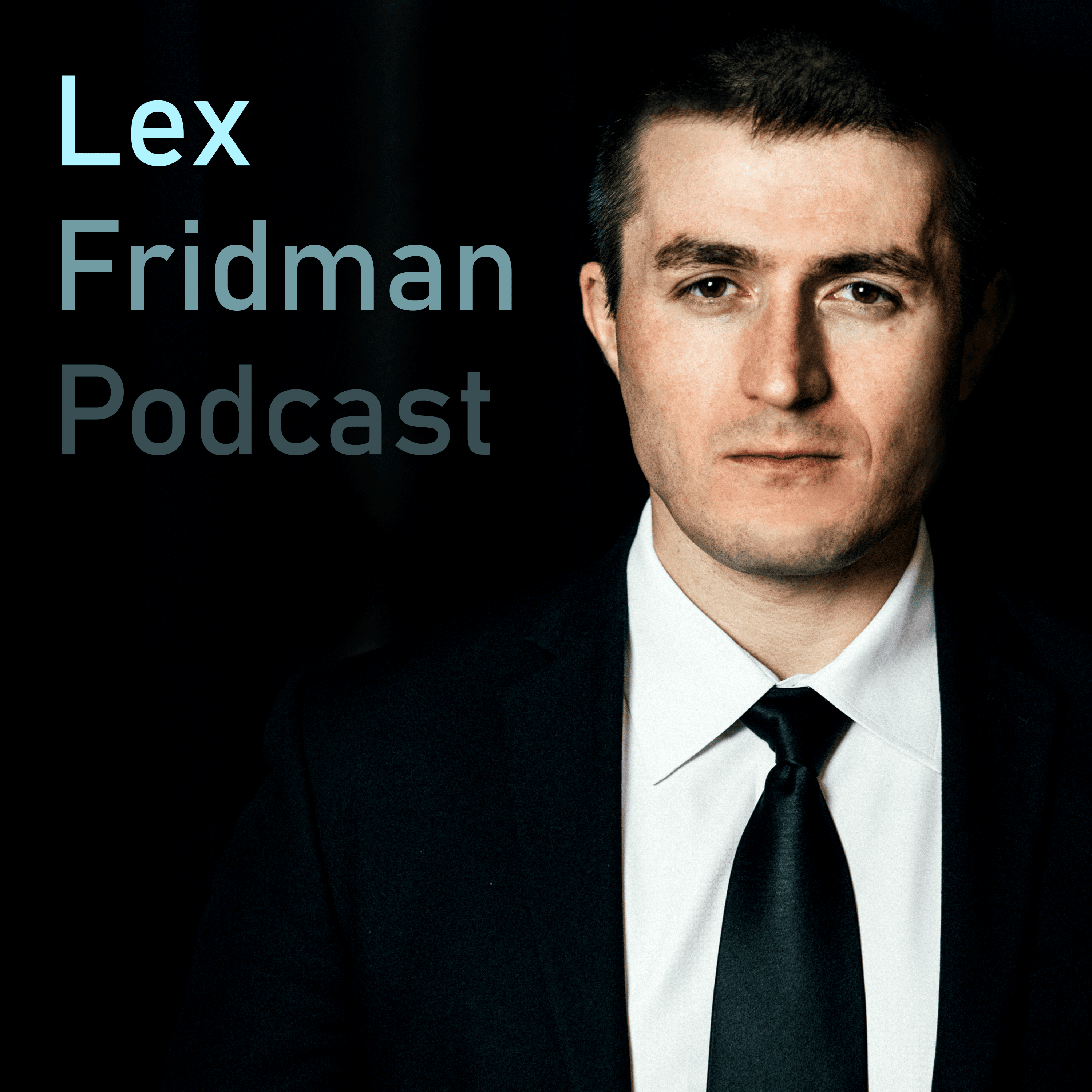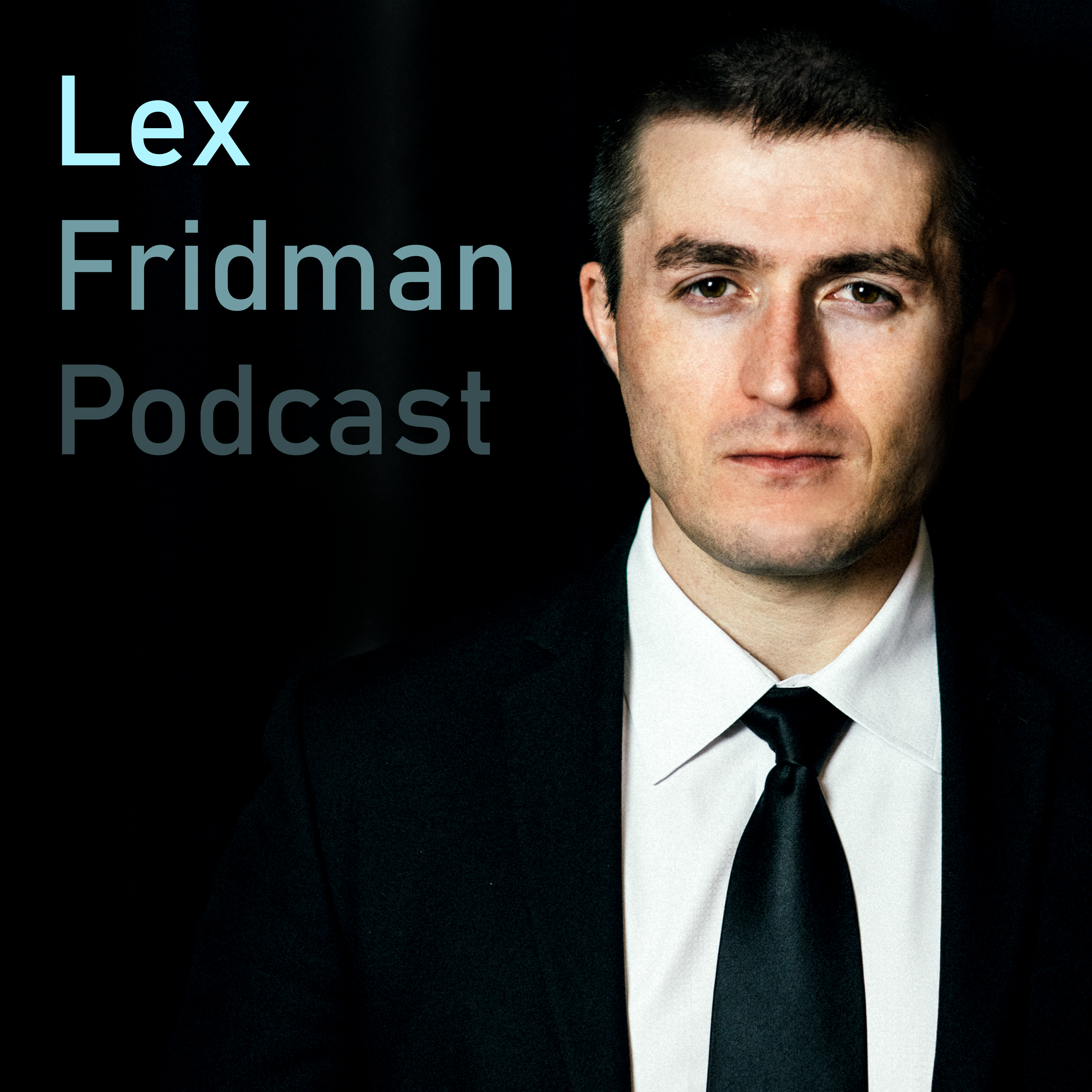
February 3, 2025 • 5hr 16min
#459 – DeepSeek, China, OpenAI, NVIDIA, xAI, TSMC, Stargate, and AI Megaclusters
Lex Fridman Podcast

Key Takeaways
- DeepSeek's Impact: The release of DeepSeek's models (V3 and R1) represents a pivotal moment in AI development, demonstrating China's AI capabilities and putting pressure on US companies to be more open
- Model Architecture Innovations: DeepSeek achieved significant efficiency gains through:
- Mixture of Experts (MOE) architecture with high sparsity (8/256 experts active)
- Multi-head Latent Attention (MLA) for reduced memory usage
- Low-level optimizations below CUDA level
- Cost Efficiency: DeepSeek's models are 27x cheaper than competitors, achieved through architectural innovations and efficient implementation
- Export Controls: US export controls on GPUs to China aim to maintain technological advantage but may have unintended consequences:
- Could push China to develop domestic capabilities faster
- May increase tensions around Taiwan
- Unlikely to completely prevent China from accessing AI capabilities
- AI Infrastructure Race: Major tech companies are building massive AI computing clusters:
- XAI: 200,000 GPUs in Memphis
- Meta: ~128,000 GPUs
- OpenAI/Microsoft: ~100,000 GPUs
- Future clusters planned at 500,000-700,000 GPU scale
Introduction
Dylan Patel runs SemiAnalysis, a research and analysis company specializing in semiconductors, GPUs, CPUs, and AI hardware. Nathan Lambert is a research scientist at the Allen Institute for AI (AI2) and author of the Interconnects blog. The conversation explores recent developments in AI, particularly the "DeepSeek moment" that has significant implications for the AI industry and US-China relations.
Topics Discussed
DeepSeek Models and Architecture (13:28)
- Model Types:
- DeepSeek V3: Base model with mixture of experts architecture
- DeepSeek R1: Reasoning-focused model built on V3 architecture
- Open Weights: Models are released with open weights under MIT license, though code and training data remain private
- Technical Innovations:
- Mixture of Experts with 8/256 experts active - higher sparsity than competitors
- Multi-head Latent Attention for memory efficiency
- Low-level optimizations below CUDA for better hardware utilization
Training Cost and Efficiency (35:02)
DeepSeek achieved remarkable cost efficiency through:
- Hardware Optimization:
- Custom scheduling of GPU cores (SMs)
- Direct programming at PTX level
- Efficient handling of communication between GPUs
- Architecture Choices:
- High sparsity MOE reduces active parameters
- MLA reduces memory requirements
- Implementation Quality: Highly optimized codebase for specific model architecture and size
Export Controls and Geopolitical Implications (1:08:52)
Discussion of US export controls on AI hardware to China:
- GPU Restrictions:
- H100 banned from export to China
- H800 initially allowed, then restricted
- H20 now permitted with reduced capabilities
- Impact on China:
- Pushing development of domestic capabilities
- Increasing focus on trailing edge manufacturing
- GPU smuggling and creative sourcing solutions
AI Infrastructure and Mega-Clusters (3:45:59)
Major companies are building massive AI computing infrastructure:
- Current Deployments:
- XAI: 200,000 GPUs in Memphis
- Meta: ~128,000 GPUs
- OpenAI: ~100,000 GPUs
- Future Plans:
- OpenAI Stargate: 2.2 gigawatt facility planned
- Multiple companies planning 500,000+ GPU clusters
- Power and cooling infrastructure becoming major challenge
TSMC and Semiconductor Manufacturing (1:41:00)
Discussion of TSMC's critical role in global semiconductor production:
- Market Position:
- Dominates advanced semiconductor manufacturing
- Critical to global technology supply chain
- Difficult to replicate capabilities elsewhere
- US Efforts:
- CHIPS Act providing $50B in subsidies
- TSMC building Arizona fabs
- Challenges in replicating Taiwan ecosystem
Future of AI Development (5:04:24)
Perspectives on the future of AI development:
- Technical Progress:
- Continued improvements in model architecture
- Increasing focus on reasoning capabilities
- Growth in infrastructure scale
- Industry Structure:
- Multiple companies likely to succeed
- Different specialization areas emerging
- Increasing importance of infrastructure
Conclusion
The conversation highlights the rapid pace of AI development and the complex interplay between technical innovation, business strategy, and geopolitics. The "DeepSeek moment" represents both China's growing AI capabilities and the potential benefits of more open approaches to AI development. The massive investments in AI infrastructure by major companies suggest continued rapid progress, while raising questions about energy usage, environmental impact, and global competition. The discussion of semiconductor manufacturing and export controls emphasizes the critical role of hardware in AI development and the complex challenges in managing international technology competition.